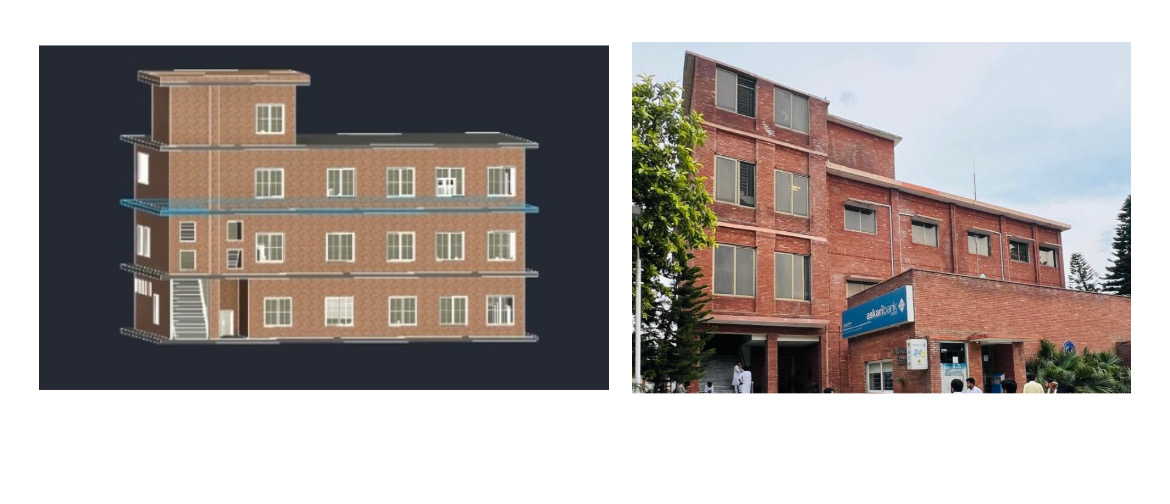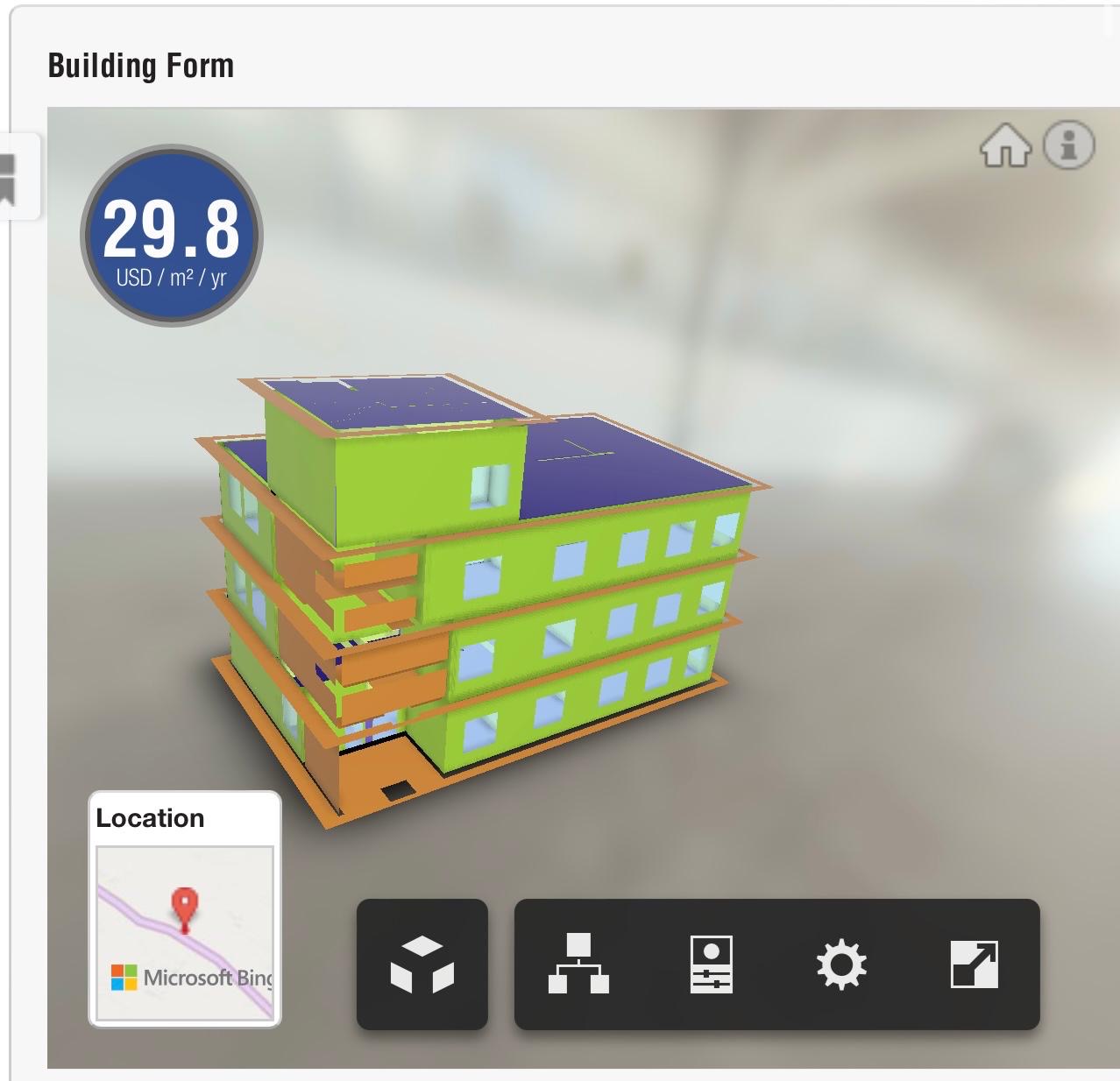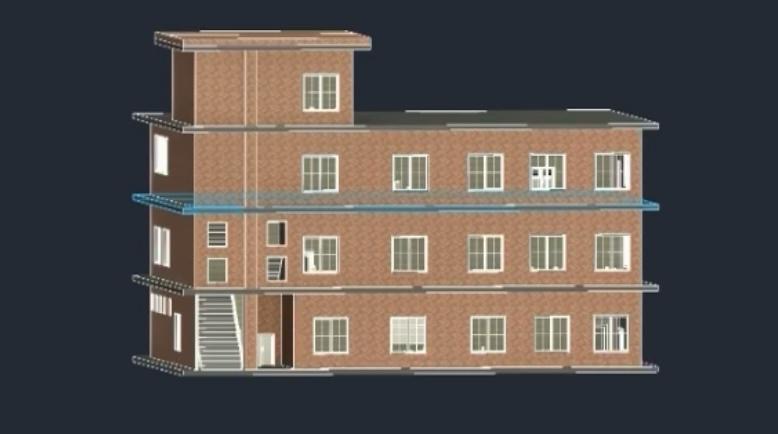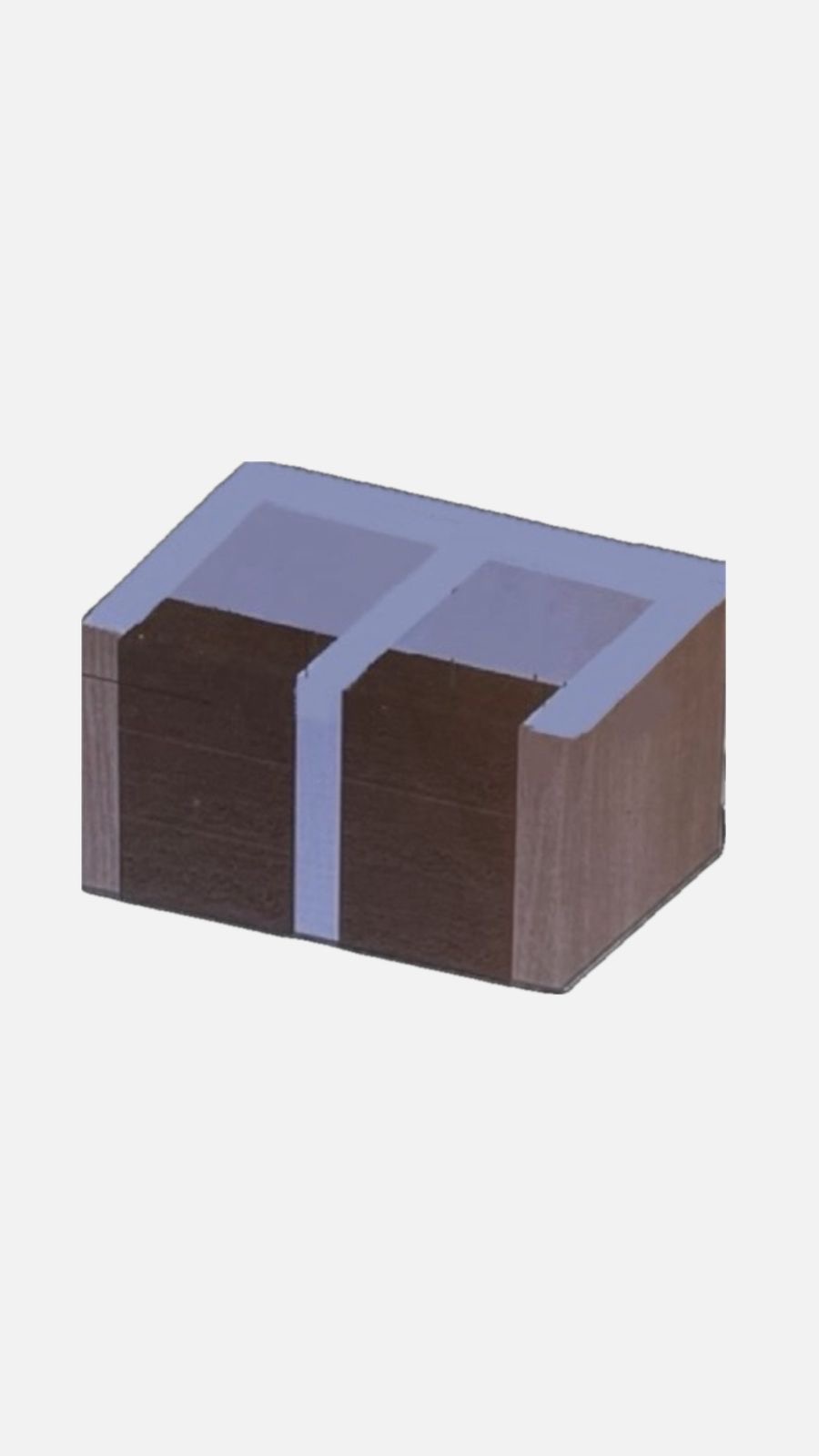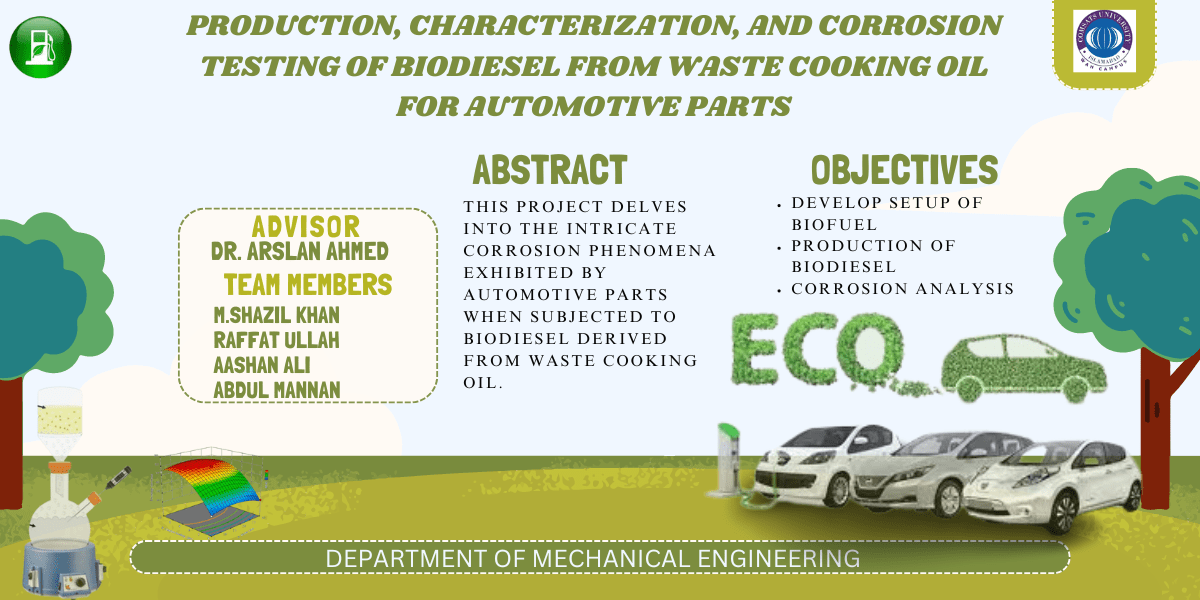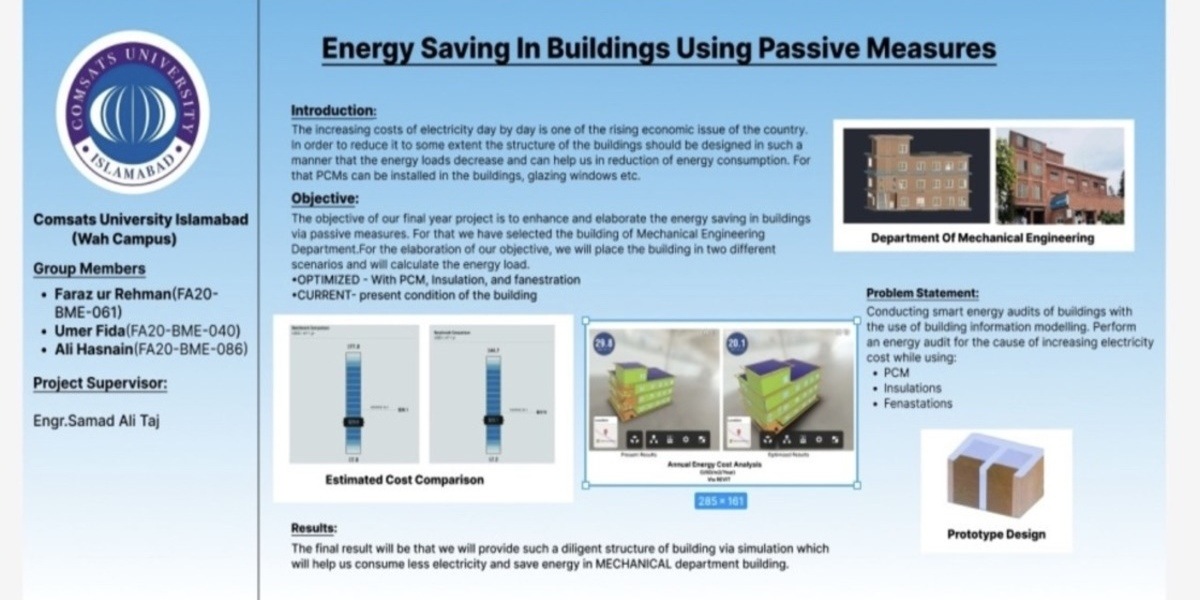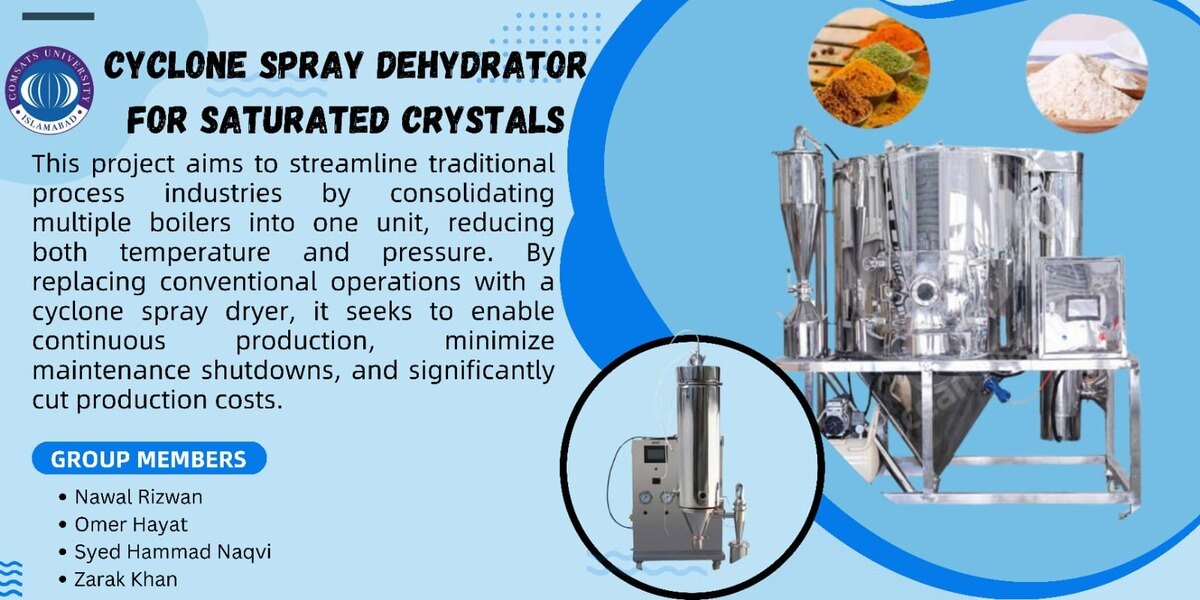In this era, the world is heading towards energy saving as it is the need of the hour due to its increasing high cost and less production. Energy conservation has become an imperative global goal to mitigate the impacts of climate change and reduce the burden on finite energy resources. For this sake, the buildings are now being constructed in such an order that their cooling and heating loads can be decreased, and we can head towards energy saving. In Pakistan, this trend is not frequent in construction of buildings due to which high amount of energy is consumed. Building envelopes plays an important role in energy saving as the orientation, the material, the structure of buildings etc. requires different affections of the MEP which causes several types of loads to be consumed. Energy saving can be done by adopting certain passive measures which are non-mechanical, energy-efficient design principles that rely on the building's natural attributes.
Objectives
The objective of our final year project is to enhance and elaborate energy saving in buildings via passive measures. For that we have selected the building of the Mechanical Engineering Department. For the elaboration of our objective, we will place the building in two different scenarios and will calculate the energy load.
•OPTIMIZED - With PCM, Insulation, and fenestration
•CURRENT- present condition of the building
After doing energy analysis on Revit of both cases the cost results, load results will be compared and will see how much difference is created when we optimize our building.
Socio-Economic Benefit
1.Energy Efficiency: PCM, insulation, and fenestration work together to minimize heat transfer, resulting in reduced energy consumption for heating and cooling.
Cost Savings: Lower energy bills and operational costs translate to significant savings for building owners and occupants over time.
2.Environmental Impact: Decreased energy usage leads to reduced greenhouse gas emissions and environmental footprint, contributing to sustainability efforts.
3.Thermal Comfort: Improved insulation and PCM systems maintain stable indoor temperatures, enhancing comfort and well-being for occupants.
4.Long-Term Value: Investments in energy-saving technologies increase building value and competitiveness in the real estate market.
Methodologies
Project Methodologies:
1)Firstly we will need dimensions of the building for that we had cad files of each floor of the building.
2)The overall design of the building was made on Rivet software.
3)On rivet software the cost calculations were made of the building in present condition and improved condition by doing energy analysis.
4) Two costs were compared, which were achieved through analysis, one with present condition of building and the one after making amendments like installing PCM. glazing windows etc. Similar way loads was compared of the two cases.
5) The results proceed that how use of PCM in building can help us reduce our electricity bills.
Outcome
The outcome of our project is to present such a model of building which can help us save energy costs and reduce loads on our appliances. It will help us to reduce our electricity bills and will provide comfort. The use of PCM and insulation, fenestration etc. will help you save your money in the future from paying huge amounts of electricity bills and is reliable.

